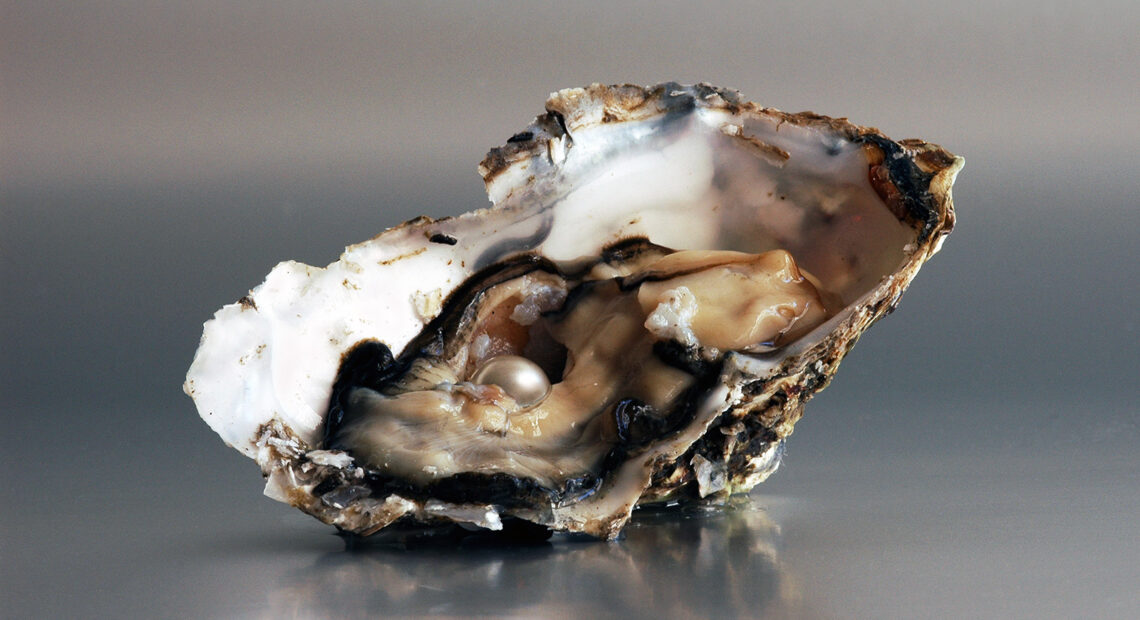The Secret World of Oysters: Unveiling the Mysterious Process of Pearl Formation

Oysters are fascinating creatures that have been valued for their pearls for centuries. Contrary to popular belief, oysters do not create pearls in response to the irritation caused by a grain of sand, but rather in response to a foreign object that enters their shell.
Here’s how it works:
- A foreign object, such as a piece of shell or a parasite, enters the oyster’s shell.
- The oyster’s natural defense mechanism kicks in and it begins to secrete a substance called nacre, also known as mother-of-pearl. This substance coats the foreign object, gradually forming a pearl.
- As the pearl grows, the oyster continues to secrete layers of nacre around it, gradually increasing the size of the pearl.
- Over time, the pearl becomes a smooth, lustrous gemstone that can be harvested and used for jewelry.
It’s important to note that not all oysters produce pearls, and the quality and size of the pearl can vary depending on a number of factors, including the type of oyster, the size of the foreign object, and the conditions in which the oyster lives.
In addition to being used for jewelry, pearls have also been used for medicinal purposes in some cultures, and have even been believed to possess mystical properties. Regardless of their cultural significance, one thing is clear: the process by which oysters create pearls is truly remarkable.








